Association For Women In Science (AWIS) reports that while women make up 47% of the total workforce in the US, they hold only 26% of the positions in STEM fields. So why should we care? Individuals in STEM careers are solving big problems, developing technologies we use daily and setting the tone for what our future looks like. If we don’t have women weighing in on those developments, situations unique to the female experience may be overlooked.
Take voice-activated technology, for example, which was calibrated to typical American male voices. Not only did the technology have a bias against non-native or regional accents, but they also had trouble understanding women’s voices. These biases show up everywhere, from pharmaceutical doses to crash test dummies, simply because no one thought to add women to the equation.
Girls (and Boys) Need Windows and Mirrors to STEM Careers
So why haven’t women pursued STEM careers? The answer, in part, can be linked to their developmental years. A survey conducted by Microsoft this year on girls and STEM found that while girls typically begin to show an interest in STEM fields by age 11, that interest is often lost by age 15 and never rebounds as reliably as an interest in the humanities. The survey doesn’t uncover the reasons for this sharp drop in engagement, though Microsoft hypothesizes that young girls see the inequalities inherent in STEM fields and are discouraged to pursue them.
To combat this, they suggest showing successful examples of women in STEM fields, and that’s where literature can help. Books can empower students by acting as both windows and mirrors. (And if you’re not familiar with the concept of windows and mirrors, the linked blog post from Lee & Low Books offers some great insight on the topic.)
By reading books that depict successful women in science fields, female students can see themselves mirrored in those examples, and male students get the chance to see those industries from a different perspective.
If you’re looking to add some impressive women to your STEM library or biography collection, check out these 6 picture book biographies about women in STEM.
1. The World is Not a Rectangle: A Portrait of Architect Zaha Hadid by Jeanette Winter
In an industry filled with rigid lines and structures, architect Zaha Hadid drew inspiration from the curves and asymmetry in the natural world her. The World is Not a Rectangle pairs some of Hadid’s most iconic buildings with the nature that inspired them—leaves of grass, rivers, clouds. In this book, even the lines of text mimic Hadid’s work by meandering and flowing across the page, refusing to stay in a straight line. The backmatter includes a picture glossary that identifies the locations of the buildings featured in the book.
Investigate & inspire. The best way to appreciate Zaha Hadid’s work is to see it! This video provides a look at some of Hadid’s most iconic work and gives more biographical information, as well as shows past interviews with Hadid. Another video that highlights five of her most famous building can be found here.
2. Ada Lovelace: Poet of Science by Diane Stanley
The Orbitus Pictus Recommended Title Ada Lovelace: Poet of Science begins by showing the struggles Lovelace had to overcome to pursue her interests as a woman in STEM. While Ada was interested in physics and inventions, her mother did everything she could to make a proper lady out of Ada and distance her from her father, the famous and scandalous poet Lord Byron.
Ada’s success is rooted in both her rigorous education and friendship with Charles Babbage, which led to their collaboration on his innovative Analytical Engine—a conceptual ancestor of the modern-day computer. Ada is credited with writing the first ever code for such a machine, making her the world’s first computer programmer.
Investigate & inspire. Learning about Ada Lovelace is the perfect introduction to the world of coding. You can find free coding resources at Scratch, Tynker and Code Academy. You can also celebrate Ada Lovelace Day with your students, which falls on the second Tuesday in October. You can find more information here.
3. Lighter Than Air: Sophie Blanchard, the First Woman Pilot by Matthew Clark Smith
More than a century before Amelia Earhart flew across the Atlantic Ocean, Sophie Blanchard was dazzling 18th century France with the world’s en vogue flying machines—hot air balloons. Lighter Than Air begins by placing Sophie in the timeline of flight: “Sophie Armant was five when the men first flew.”
The keyword here is “men”—Smith goes on to explain the view at the time, that “[t]he sky was no place for a woman, some said … Their place was on earth.” Blanchard defied everyone’s expectations and became one of France’s most famous ballonists, even winning the favor of Emperor Napoleon Bonaparte. An author’s note provides great background about the social climate surrounding flight in the 18th century, which didn’t include as many adoring fans as it did screaming mobs with pitchforks.
Investigate & inspire. Check out this trailer for the animated documentary The Fantastic Flights of Sophie Blanchard, which does a great job of placing Blanchard in the midst of familiar French history. Then get some physics on board with this hot air balloon classroom activity, courtesy of the Federal Aviation Administration.
4. Wangari Maathai: The Woman Who Planted Millions of Trees by Franck Prevot
With beautiful prose and vibrant illustrations, Wangari Maathai: The Woman Who Planted Millions of Trees tells Wangari Maathai’s story, beginning in her childhood when British imperialism in Kenya resulted in deforestation that devastated the region’s wildlife and food crops. Inspired and empowered by her education, a rarity for women at the time, Maathai founded the Green Belt Movement and began planting trees all over the country. She also empowered Kenyan women by setting up village nurseries and entrusting them to the women in the village, giving them power to manage their own success and finances. Eight pages of back matter include a timeline, climate map of Africa, and primary sources that describe some of the resistance Maathai met, both for being a woman and for disrupting the government’s destructive grasp over Kenya’s landscape.
Investigate & inspire. Environmentalism is such a broad topic, and it’s easy to become overwhelmed with its large scope. In this video, Wangari Maathai tells a fable about a hummingbird making a small but meaningful contribution. After watching, brainstorm small but meaningful steps you can take as a classroom to help the environment.
5. The Watcher: Jane Goodall’s Life with the Chimps by Jeanette Winter
Perhaps the most recognizable name on this list, Jane Goodall’s name has become synonymous with modern primatology. The Watcher: Jane Goodall’s Life with the Chimps begins with short anecdotes from her early life, allowing the readers to connect with Goodall, who started out like any of us: as an observant child, a “watcher.” Throughout the book and throughout her career, the idea of simply being a watcher is constantly revisited. It sends an important message to potential young scientists about the power of observation. However, Goodall cannot remain passive forever. Like Wangari Maathai, Goodall was also inspired to take an active role against Kenyan deforestation, standing up for the habitats of the apes she has been observing.
Investigate & inspire. Check out the Jane Goodall Institute’s Roots & Shoots program. Classrooms can sign up and be inspired to take on service projects to benefit their community and the environment. You can browse through other groups’ projects, which range from sending a card to a local fire station to creating enrichment toys for animal sanctuaries. There are also some great educational resources for teachers like online courses, lesson plans and even a grant opportunity to make your classroom service campaign a reality!
6. Dorothea Lange: The Photographer Who Found the Faces of the Depression by Carole Boston Weatherford
You can turn your STEM library into a STEAM library with the addition of this title about photographer Dorothea Lange. Dorothea Lange: The Photographer Who Found the Faces of the Depression chronicles her early years as a photographer, trying out landscapes and still lifes before finally discovering her passion for portraits. Her most famous photograph, Migrant Mother, became an iconic image of the Great Depression, which brought to light the struggles of migrant American farm workers.
Investigate & inspire. Students can read more about Lange’s Migrant Mother photo here and here and discuss its implications for the social climate during the Great Depression. Why is the photograph so powerful? What inferences can be made from her expression, her body language and her children’s body language? With the prevalence of cameras today, you can encourage students to create their own photo essays.
* * * * *
In addition to introducing female role models through picture book biographies about women in STEM, research shows that fostering a growth mindset can be crucial to keeping female students interested in science. When they make a mistake or encounter a roadblock, it can be easy for female students to become discouraged when they feel the odds are already stacked against them. Check out Booksource’s Growth Mindset collections for titles that demonstrate how determination and creativity can help students rebound from adversity.


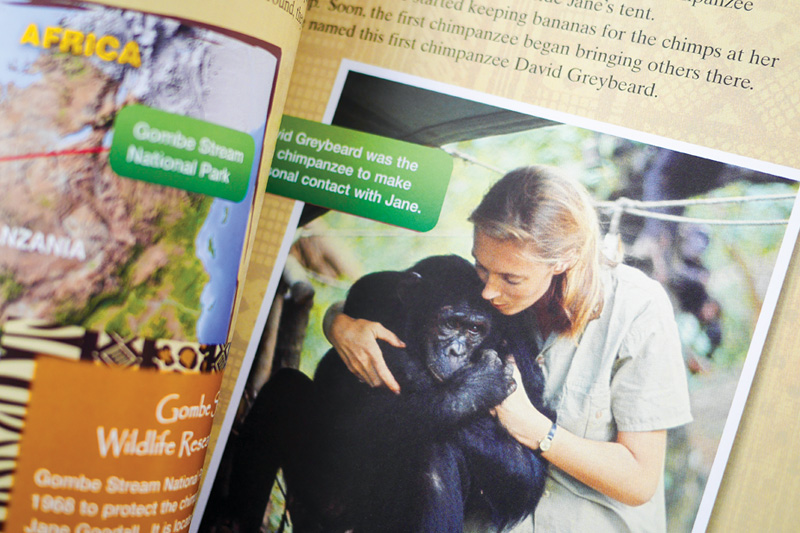






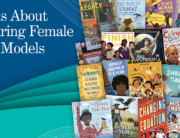
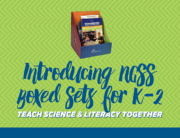
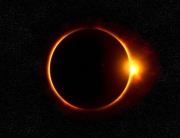

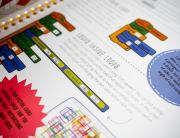
Great article!